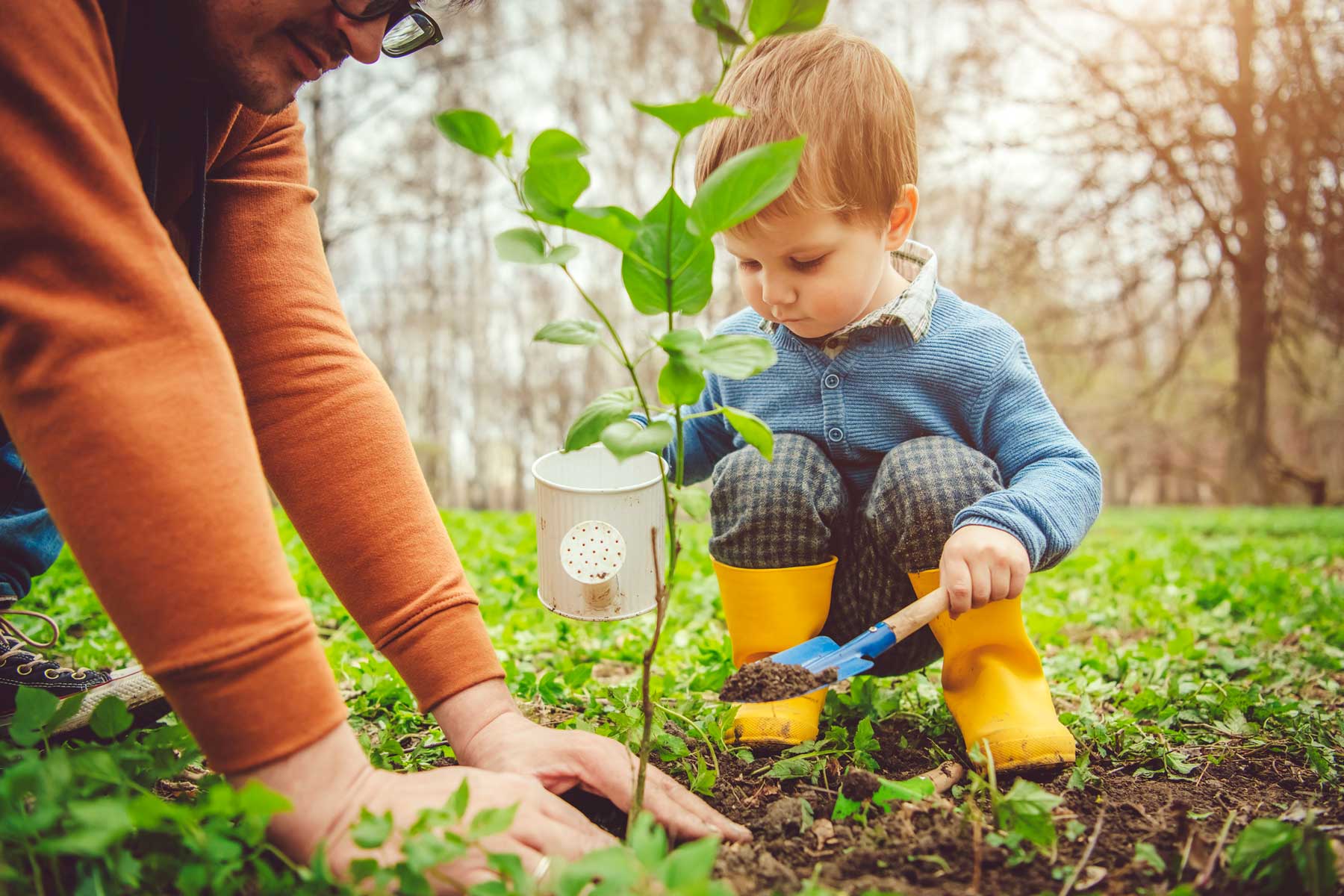Block Shadows
In this lesson, children will explore relationships and make predictions about different block shapes and sizes and their shadows.
Content Area:
Curiosity and Wonder
Learning Goals:
This lesson will help toddlers and preschoolers meet the following educational standards:
- Develop beginning skills in the use of science practices such as observing, asking questions, solving problems and drawing conclusions
Learning Targets:
After this lesson, toddlers and preschoolers should be more proficient at:
- Expressing wonder and curiosity about their world by asking questions and solving problems
- Carrying out simple investigations
- Using mathematical and computational thinking
- Generating explanations and communicating ideas and/or conclusions about their investigations

Block Shadows
Lesson plan for toddlers/preschoolers
Step 1: Gather materials.
- Unit blocks
- Flashlight
- Paper
- Pencils
- Measuring tools (optional)
Note: Small parts pose a choking hazard and are not appropriate for children age five or under. Be sure to choose lesson materials that meet safety requirements.
Step 2: Introduce activity.
- Explain that today we are going to make shadows with blocks. Ask the children what they know about shadows and where we might see them.
- Discuss how we can use flashlights to create shadows in the classroom. Tell the children that, today, we will create shadows using blocks.
- Explain that we will need to turn off some lights in the classroom so that we can see the shadows.
Step 3: Engage children in lesson activities.
- In the block area with a small group of children, ask the children to experiment with the flashlights to see what kinds of shadows they can make.
- After the children have experimented with the flashlights, invite each child to select a unit block from the shelf.
- Select a spot in the middle of the block area, and ask each child to place his or her block in the middle of the block area and use a flashlight to create a shadow about two feet away from the block.
- Discuss as a group what the shadow looks like. What shape is the shadow? How long is it? Does it look similar or different from the unit block? Why?
- After the first child has created a shadow, ask the rest of the children to predict what the next block’s shadow will look like before they create the shadow. Prompt the children to use language that describes what the shadow will look like and how it might be related to the block’s shape.
- After all of the children have taken a turn, invite the children to draw what their block and shadow looked like to document what they observed.
- Invite children to discuss what they have drawn and what they noticed about their own block shadow, as well as other children’s block shadows, guiding the discussion toward the relationships between block shape and shadow shape.
Step 4: Vocabulary.
- Predict: To guess what might happen
- Hypothesis: A prediction that states how and why a scientific event may occur
- Effect: The result of a physical action
- Relationship: How objects or physical forces may be affected by the actions of another object/physical force
Step 5: Adapt lesson for toddlers or preschoolers.
Adapt Lesson for Toddlers
Toddlers may:
- Not yet have comparative and/or measurement language
- Not yet be able to generate hypotheses
- Not yet engage in lengthy discussions
Child care providers may:
- Provide a smaller selection of unit blocks to choose from (unit block, half unit block, double unit block, large column)
- Discuss different shadow shapes
- Promote more open-ended play with shadow exploration
Adapt Lesson for Preschoolers
Preschoolers may:
- Want to explore block shadows during free play
- Want to create shadows with block structures using many blocks
- May want to use measuring tools (ruler, tape measure) to examine relationships between blocks and shadows
- Want to add props to blocks to examine different shadow shapes
Child care providers may:
- Have materials available throughout the day to encourage children to explore block shadows independently
- Utilize children’s interest in building with blocks to promote conversations about relationships between structures and shadow shapes
- Encourage children to make predictions about different angles that the flashlight may be positioned at
Suggested Books
- Shadows and Reflections by Tana Hoban
- Guess Whose Shadow? by Stephen R. Swinburne
- My Shadow by Robert Louis Stevenson
Music and Movement
- Shadow Freeze Dance: Do a freeze dance with the lights off and flashlights or lamps to allow children to see if their shadows are moving when they freeze
Outdoor Connections
- Explore natural occurring shadows during outdoor play and neighborhood walks. Have conversations about shadows asking questions such as… How does the sun create shadows at different angles? What shadows might be seen by different blocks or other objects if they were outside?
- Have outdoor constructive materials available (outdoor blocks, sticks, logs) for children to explore how shadows might change with these materials at different times of the day.
Comment on this lesson